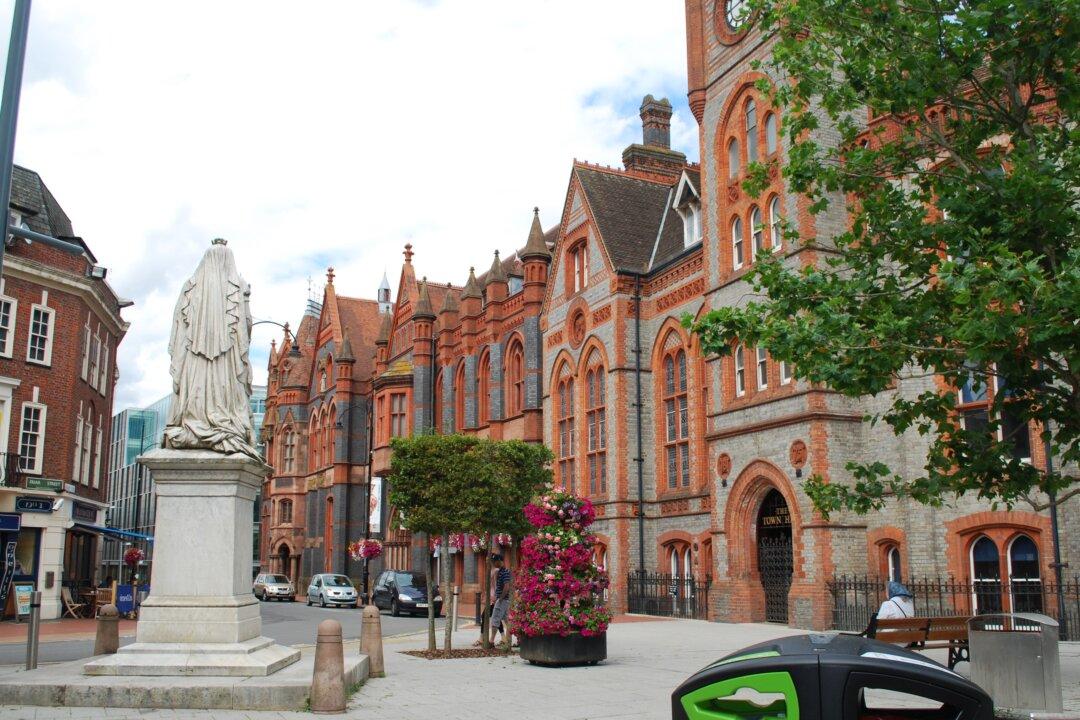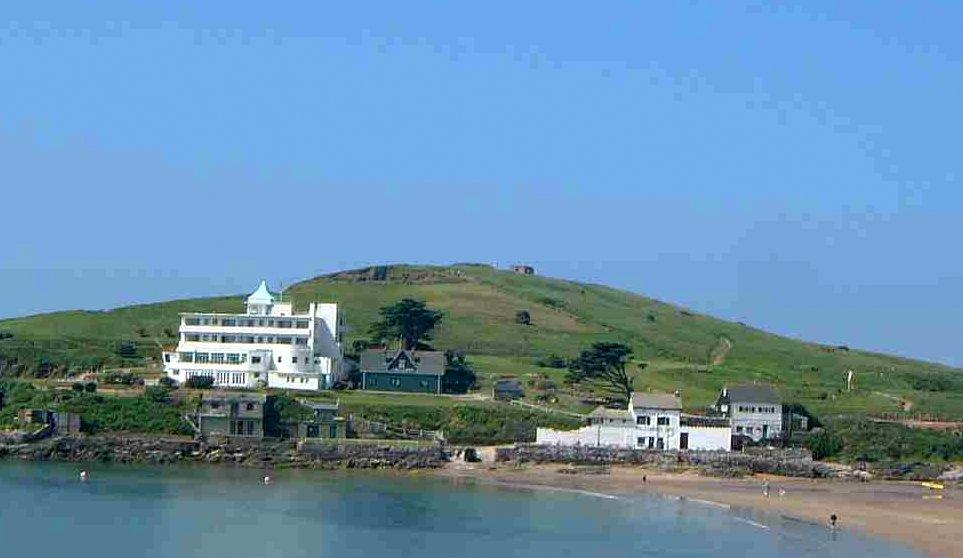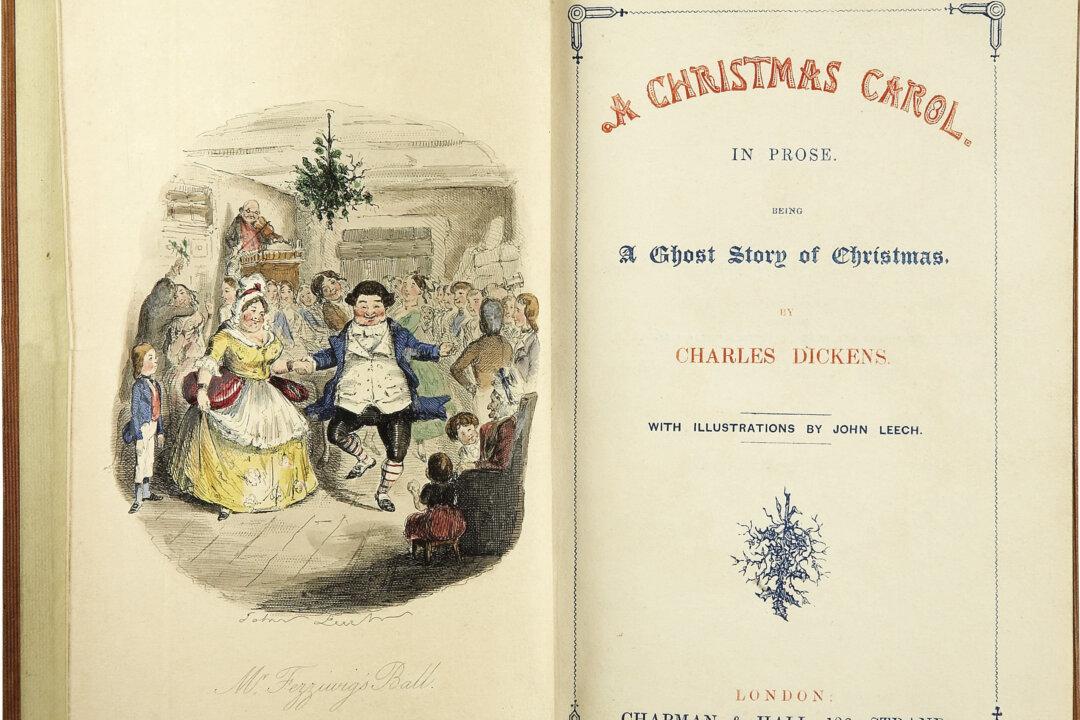I am standing by St. Mary’s Church with its unique “checkerboard” tower in Reading, England. The church dates back to at least the 11th century and was once a favourite place of worship for Elizabeth I. Yes, this town is steeped in history.
Situated in the picturesque Thames Valley, Reading is overshadowed not only by its gargantuan easterly neighbour, London, but also by Oxford, its ivory-towered neighbour to the north. Reading is rather overlooked by the foreign tourist, but actually there’s plenty that would give a visitor reason to detour here.
For much of its 1,400-year existence, Reading was a hub of industry. From the mid-19th century until the 1970s it was famous for the “Three B’s”: bulbs, beer, and biscuits—the mainstays of its economy. Its earlier wealth can be seen in the ornate brickwork on older buildings. Today it is home to many information technology and financial services businesses, being a hot spot on Britain’s Silicon Corridor.
Most everything is near the train station, itself a blend of old and new, and many streets are pedestrianized and filled with cafes and pubs. There are two main shopping centres: the Broad Street Mall and the new upscale Oracle, along the River Kennet, as well as many hidden Georgian arcades.






